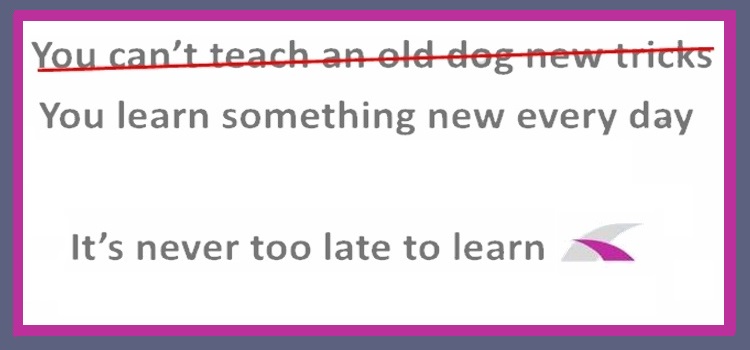A great benefit of being able to use the internet in the classroom is the ability to draw on it for some excellent, previously inaccessible resources for learning. Perhaps most notably, the use of videos in a class can prove to be extremely useful. But, as with all things, there is a right and a wrong way to do it. So what should the standards or requirements of using a video be?
It is important to remember that although we have this power, we should be using it responsibly. It makes no sense to rely on having a video that you can chuck on and distract the students with for an hour or so. Really, it should be no longer than between about 2 and 5 minutes; this is long enough that the students can engage and practice listening skills whilst (hopefully) learning something from it, while still being brief enough that the student does not lose focus on the subject entirely. If possible, provide a short summary of the content of the video in the activity notes, so that if for whatever reason a teacher is having difficulty accessing the video or getting it to work effectively, there is some information on hand that you can fall back on. Technology will not always be your friend!
The idea is that the use of videos should serve mainly as an optional part of the class, a supplement to an article or a text related to the subject. Unless you can provide an exact transcription of the video, it would be a risky idea to bank on the video being enough all on its own. Basing an activity off an article that includes a small video on the same page will often provide ample inspiration and resources. Many blogs and news organisations follow this formula on their own websites, so you should hopefully always be able to find something interesting to talk about and look at with your students.
As in all classes, there should be several topic activities prepared to teach, and the same should (in a perfect world) be true of the use of videos in these activities. If we are to assume that at least one topic will be discussing current affairs and news events, and at least one other topic will be discussing something more general, you can find a huge wealth of content on most things that you could wish to talk about, and so scouring to find an appropriate video should not take too long.
The most important thing for a good use of videos in the classroom is that (of course) the students can use it to learn something from it. Whether it is the main focus of discussion or a springboard onto something else, if the students cannot understand what is being said then there is a major problem. The biggest cause of confusion is that the speaker cannot be understood because of an accent issue (which can often be negligible), or because the speaker is too fast. A good rule of thumb is to find a video that speaks no faster than you would feel comfortable speaking to your students with the confidence that they will be able to understand. If it is too quick for them, the exercise is redundant. This is also true of the vocabulary used in the video; it must require a level of comprehensive difficulty that matches your students, or it will quickly become more of a burden than an asset.
We offer you an example for use of videos in an ESL activities. Take a look at the activity
Trump for president and the related
video.
Learn more about use of videos in your classes here:
EDUTOPIA
Enjoy!





